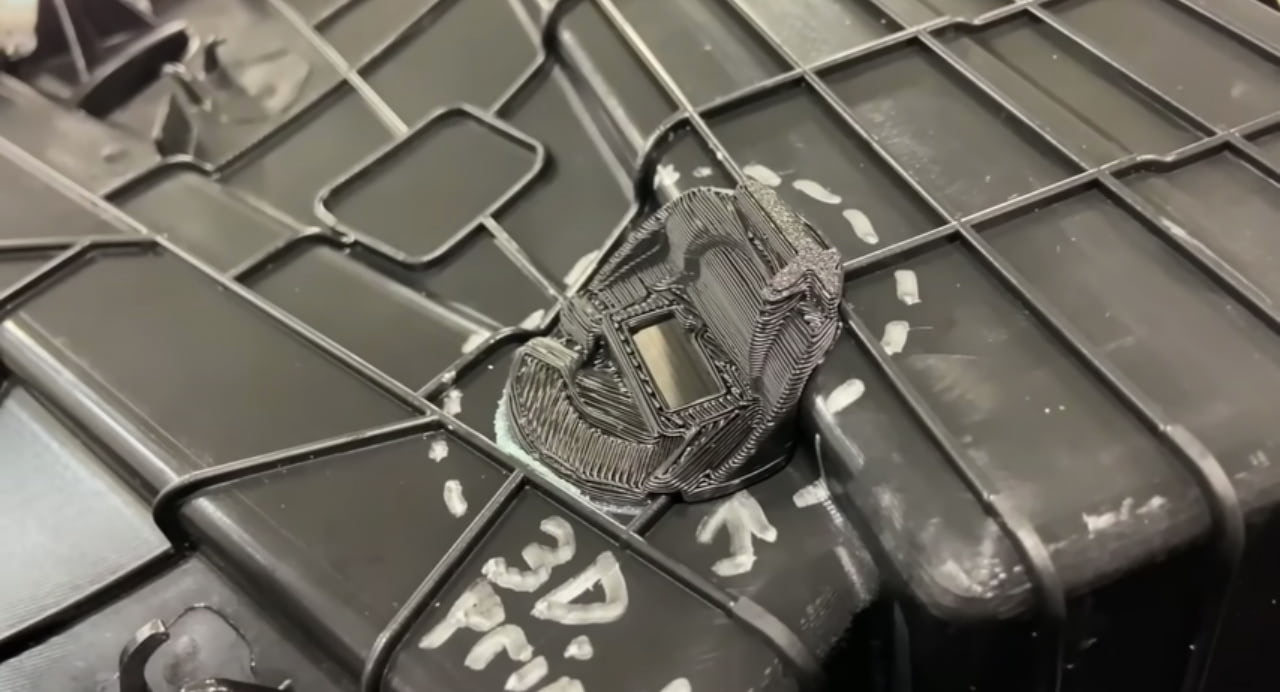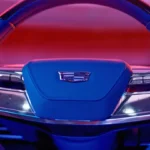Just recently on a teardown video of a Tesla Model Y, a manufacturing engineering consultancy firm made a strange discovery.
The firm, Michigan-based company Munro & Associates, noticed during the process of disassembling the electric car that there was a 3D printed component inside. And a pretty crappy looking one at that!

So what gives? Why are Tesla letting their product out of the factories with an aesthetically unappealing 3D printed component present in the customer’s new product.
Let’s have a look in some more detail at the component(s) and what it does.
You can see in the video above, engineer Sandy Monroe is showing the Model Y HVAC assembly, which comprises of ducting, filter housing, fans and all the usual things you find in a car HVAC system.
None of these parts are particularly critical, and are fairly robust. It’s mostly plastic ductwork, manufactured from injection molded ABS.
The part has been bonded onto the HVAC airbox with some kind of adhesive, and closer inspection shows the stepped lines and toolpaths, showing that the component has been manufactured with some kind of FDM-type printer.
The 3D printed part appears to be a lug of some kind, built to accommodate a clip for the main airbox.
Seems like whomever was asked to employ this solution may have been in a bit of a rush to meet the release date of the vehicle.
Monroe suggests that the mystery part is likely the result of a defect in the original airbox design, which could have prevented the cars from being delivered on schedule.
He suggests that it is possible that rather than wait for new mold tooling to arrive, it would be quicker, and on short scale, cheaper to simply use a few printers lying around and churn out the replacement parts until the real deal arrives.
So, that leaves a question:
Was the airbox manufactured with a deformed or poorly functional lug, and it had to be removed?
Or did the original box simply not have the lug, and it was added later as a last-minute optimisation?
We may never know. It is unlikely that the part made it on too many cars before the problem was rectified, and as it’s not really a critical part, there is likely nothing to worry about!
It does show that Tesla are open to using quick fix solutions in order to keep to delivery timelines. And it’s not the first time Tesla have had to think on their feet in order to keep the company running.
Remember the OTA software update that fixed their car battery chargers to stop them bursting into flames? It was historically the first product recall that was solved without even recalling a product. Expect more on-the-fly fixes from the electric car manufacturer in future.
For more Tesla Model Y teardown videos please take a look at this YouTube video series made by Munro Live. In each video a Model Y car component is taken apart and examined from a technical standpoint.










